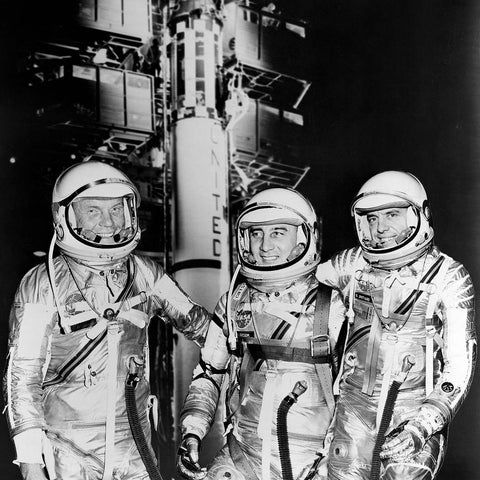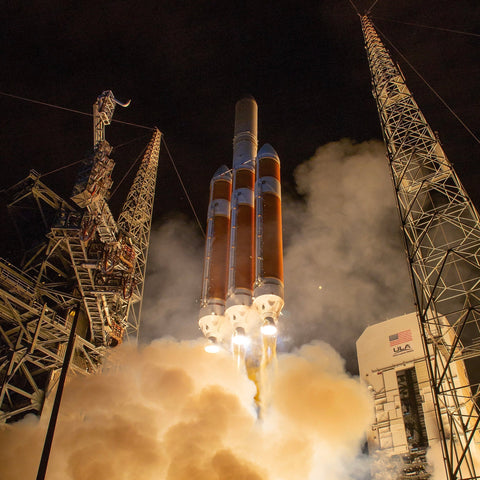Apollo 14 stands as a remarkable chapter in the history of space exploration, marked by the triumphant return of astronaut Alan Shepard to space after a decade-long hiatus. This historic mission, launched on January 31, 1971, aimed to further humanity's understanding of the Moon's geology and composition, with a special focus on the Fra Mauro highlands. Let's journey back in time to explore the significance of Apollo 14 and Alan Shepard's enduring legacy.
The Return of Alan Shepard
Alan Shepard, one of the original Mercury Seven astronauts, made history as the first American to journey into space aboard the Freedom 7 spacecraft in 1961. However, a battle with Meniere's disease forced Alan Shepard into a decade-long grounding. His triumphant return to space aboard Apollo 14 marked a personal triumph and a testament to his perseverance and dedication to exploration.
The Objectives of Apollo 14
Apollo 14 was tasked with conducting scientific investigations and lunar exploration, with a primary goal of exploring the Fra Mauro region, a highland area rich in geological complexity. The mission aimed to collect samples of lunar rock and soil to better understand the Moon's geological history and its relationship to Earth.
The Journey to Fra Mauro
After a flawless launch and lunar orbit insertion, the Apollo 14 crew, comprising Alan Shepard, Stuart Roosa, and Edgar Mitchell, descended to the lunar surface aboard the Lunar Module Antares. Despite encountering difficulties during the descent, the crew successfully landed within walking distance of the targeted Fra Mauro landing site.
Exploring Fra Mauro
Armed with scientific instruments and sample collection tools, Alan Shepard and Edgar Mitchell embarked on two moonwalks, traversing the rugged terrain of Fra Mauro. They collected over 40 kilograms of lunar samples, including rocks believed to originate from the Moon's ancient highlands. These samples provided invaluable insights into the Moon's geological history and the processes that shaped its surface.
Shepard's Famous Golf Shot
Perhaps one of the most iconic moments of Apollo 14 was Alan Shepard's impromptu golf swing on the lunar surface. Using a makeshift six-iron club and a lunar soil sample container as a tee, Shepard famously hit two golf balls, demonstrating the reduced gravity of the Moon and adding a touch of levity to the mission.
Apollo 14 and Alan Shepard's return to space exemplify the spirit of human exploration and the quest for knowledge. Through their scientific endeavors and feats of courage, the Apollo 14 crew expanded our understanding of the Moon's geology and paved the way for future lunar exploration missions. Alan Shepard's legacy as a pioneer of space exploration continues to inspire generations of scientists, astronauts, and dreamers around the world. As we look to the future of space exploration, we can draw inspiration from the achievements of Apollo 14 and the enduring spirit of exploration that drove its success.






